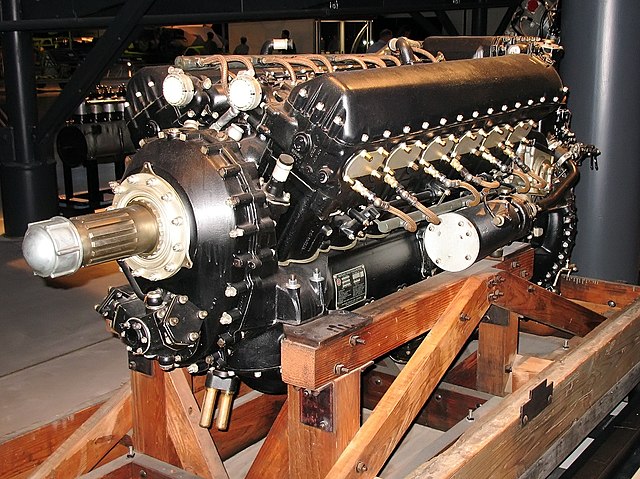I’m looking to add detail to wheel wells, gear struts, and engines on 1/48 WWII aircraft.
What size lead/solder wires do you use?
My research says 0.2/0.3mm and 0.5/0.6mm are the most commonly used. That sound right?

I’m looking to add detail to wheel wells, gear struts, and engines on 1/48 WWII aircraft.
What size lead/solder wires do you use?
My research says 0.2/0.3mm and 0.5/0.6mm are the most commonly used. That sound right?

If you have a Bass Pro or Cabelas or a fly tying shop nearby go buy your lead wire there. We fly tiers (I do that too) use it to weight very fine hooks.
Here’s part of my selection that has migrated to my model desk
Hope this gives you some ideas, most is pretty cheap, you can pick up a bunch of spools fairly inexpensive and kind of eyeball what looks appropriate. And it’s super flexible also, cuts easy with scissors or nippers and CA glue works fine too.
Very interesting. Your wires are significantly finer than the 0.2-0.6 I’m seeing most builders use.
A lot of times I just hold it near a figures hands and look for one that seems right.
I’ve also discovered that lead wire of suitable thickness flattened with a metal object, will give a nice consistent width for rifle slings, straps, etc.
![]()
![]()
Good tip. Thank you.